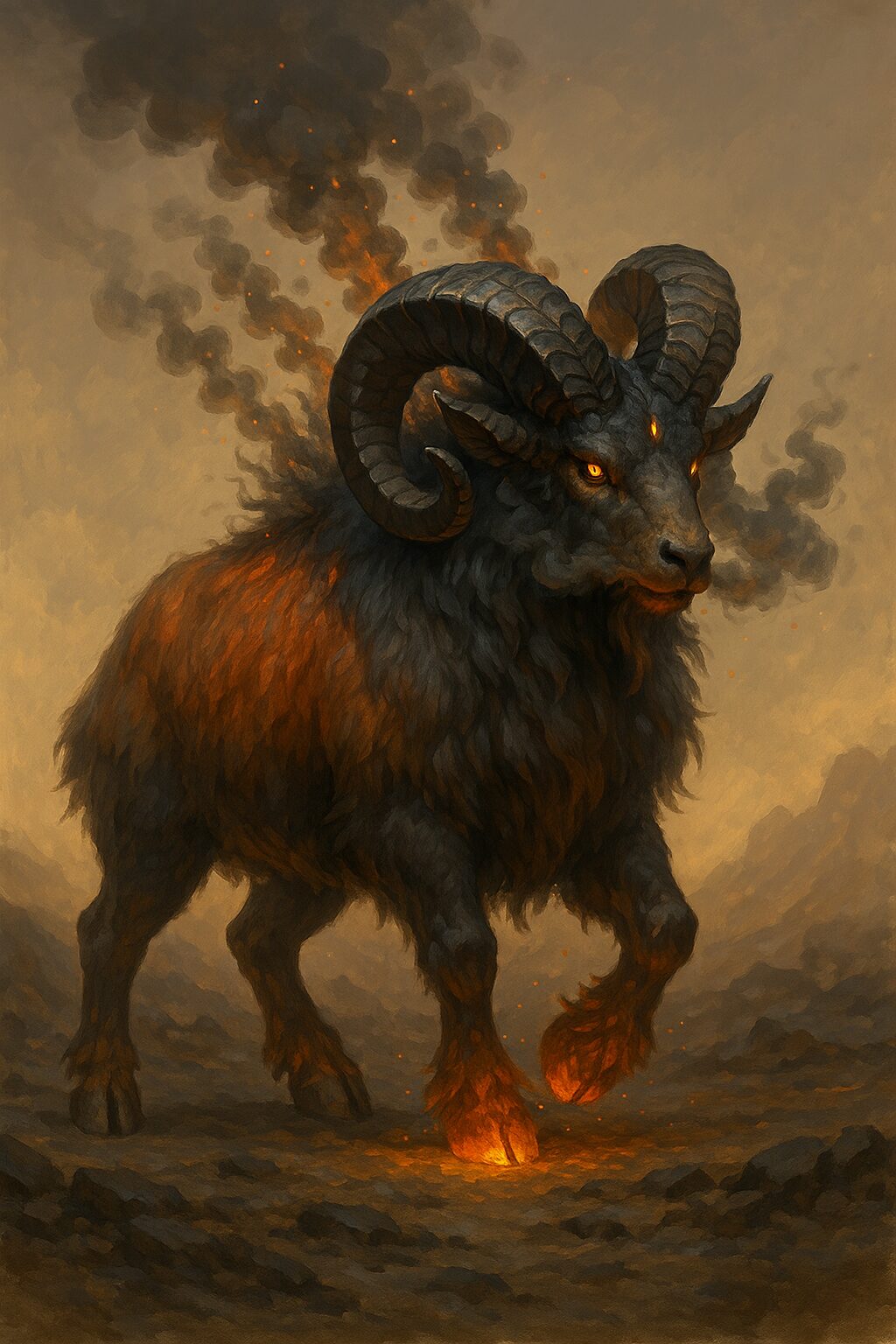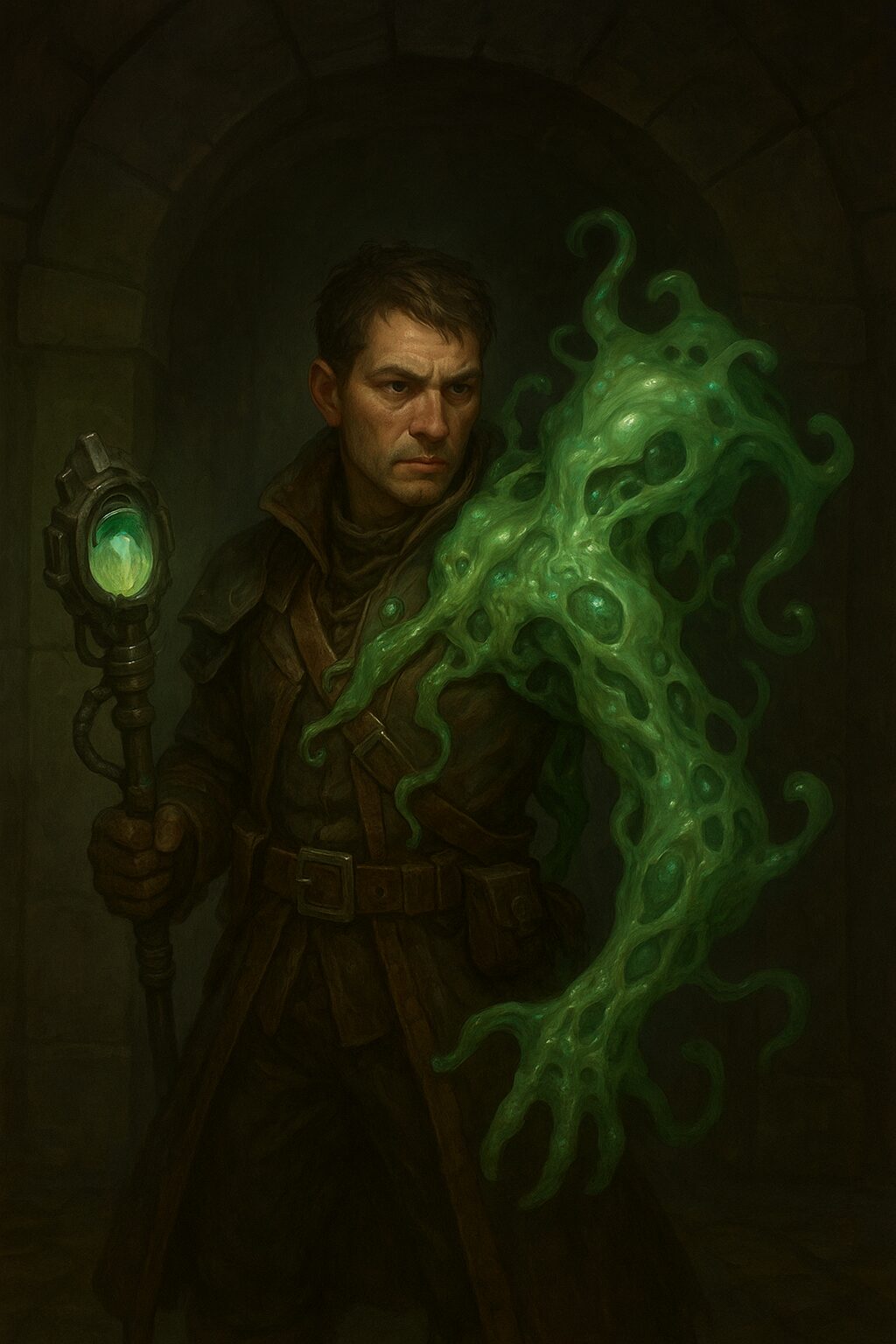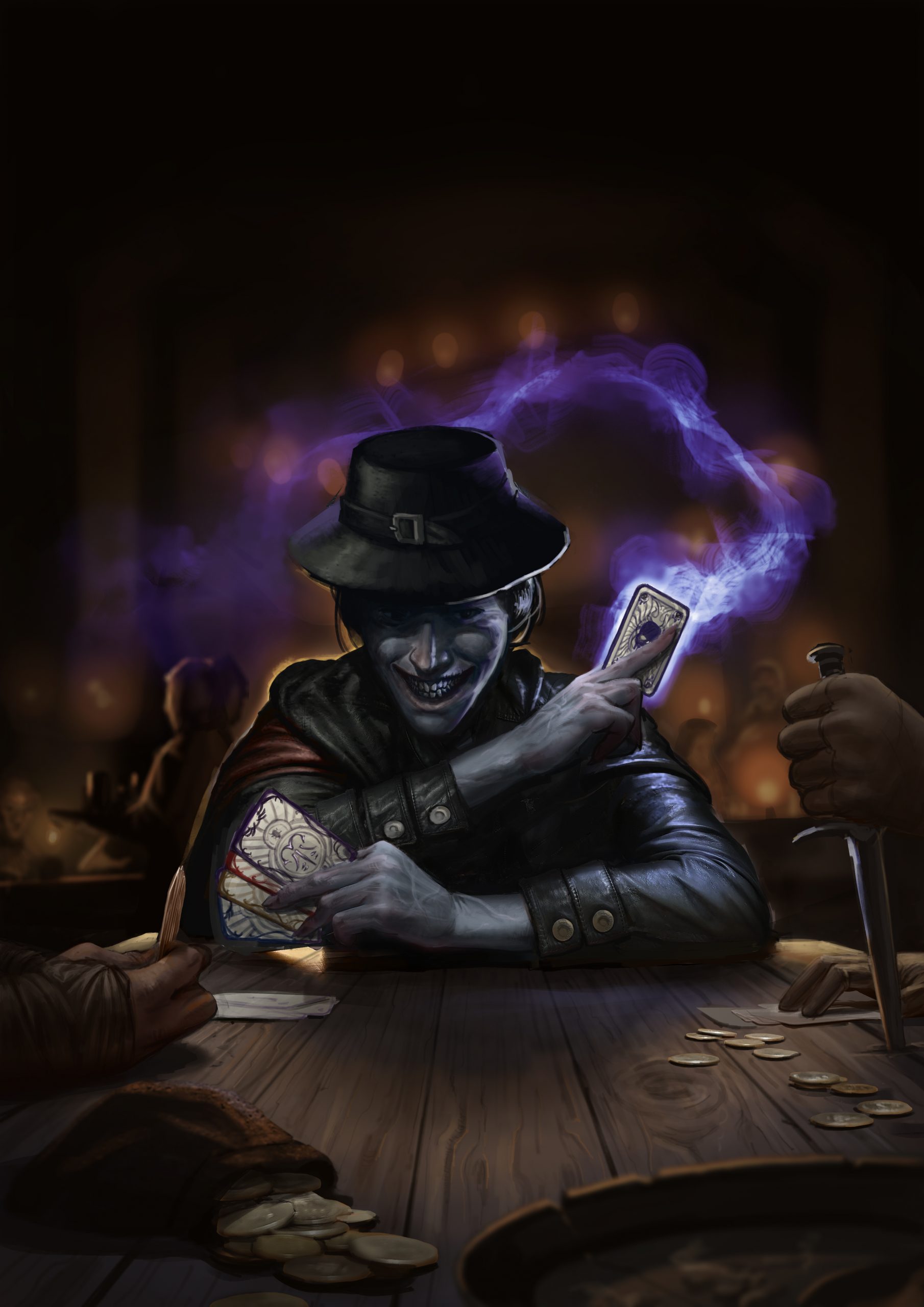
Player-Driven Objectives & Reactions to the Environment in Aether Skies and beyond
Making Combat Cinematic in Aether Skies (and Beyond)
Combat in TTRPGs often risks becoming a grind: attack rolls, hit points, rinse, repeat. But in Aether Skies, where every fight could mean saving a floating city from collapse or dueling across the deck of a storm-wracked aethership, combat isn’t just about who falls first—it’s about what’s at stake.
The secret? Player-driven objectives and environmental reactions.
By giving your table choices beyond “swing sword, cast spell,” you invite your players to shape the story mid-battle. And when they do something risky, messy, or outright reckless—you reward them with cinematic consequences.
⚙️ The Aether Skies Approach
Picture this:
The party is aboard a flaming skyship spiraling toward Purgamentum. A swarm of sky-raiders cuts across the rigging, and the captain screams orders through the smoke.
Instead of asking the players just to trade blows, you frame the scene like this:
-
Save the civilians trapped in the lower deck
-
Disable the collapsing strut before the ship tears apart
-
Stop the enemy captain before they escape with the aether-core
Suddenly, the fight isn’t about numbers—it’s about priorities. Which lives matter most? What’s the risk of letting the captain go? If they fail the strut check, does the ship tear in half even if they win the fight?
This is where Aether Skies thrives: moral pressure, dangerous spectacle, and victory that always tastes bittersweet.
🎭 Giving Players Cinematic Tools
Encourage players to propose stunts and desperate actions. If they say, “Can I swing from the damaged aether lines and kick the raider into the engine?”—don’t shut them down.
Say yes. Roll dice. Make it awesome.
Examples:
-
Swinging from aether lines to reach a foe across the deck.
-
Flooding the lower levels with fog to cover a retreat.
-
Igniting an aether tank to cause a desperate explosion—saving the day but tearing the ship apart.
-
Cutting ballast chains to cause a sudden, stomach-churning altitude drop that scatters enemies (and terrifies allies).
In D&D, these can often be framed as Improvised Actions (DMG p. 192) or checks against the environment. In Aether Skies’ home system, they might trigger Talent rolls versus Corruption, depending on how wild the maneuver is.
🏆 Reward Boldness
The key isn’t just letting players try things—it’s rewarding them.
-
Success: Describe outcomes cinematically—make it feel bigger than a sword slash. Let it swing the tide of battle.
-
Failure: Don’t just say, “It doesn’t work.” Show the cost. Maybe they succeed but take a hit, or they save the ship but lose the chance to stop the captain. In Aether Skies, even failure can move
 the story forward.
the story forward.
This makes the combat feel like a living story rather than a static duel.
⚖️ Advice for Any D&D Game
Even outside Aether Skies, you can use these principles:
-
Always Layer Stakes – Don’t just run a combat; ask, “What else is happening that matters?”
-
Encourage Improvisation – Give the environment a voice: chandeliers, alchemical fires, collapsing walls. Let players break it.
-
Make Success Cinematic – Reward with narrative, not just damage. A 10-point hit could also send the villain sprawling off the platform.
-
Make Failure Costly – Not just missed damage, but opportunities lost or new dangers unleashed.
✨ Final Thought
In Aether Skies, the skies themselves are always collapsing—politically, magically, structurally. Combat should feel like that too.
By letting players choose their objectives and unleash their wildest stunts, you transform fights into stories worth remembering.
When the smoke clears, they won’t just ask, “How many hit points did we do?” They’ll ask, “Did we save the ship—or damn it?”
Thanks for reading. Until Next Time, Stay Nerdy!!






 the story forward.
the story forward.




No Comments